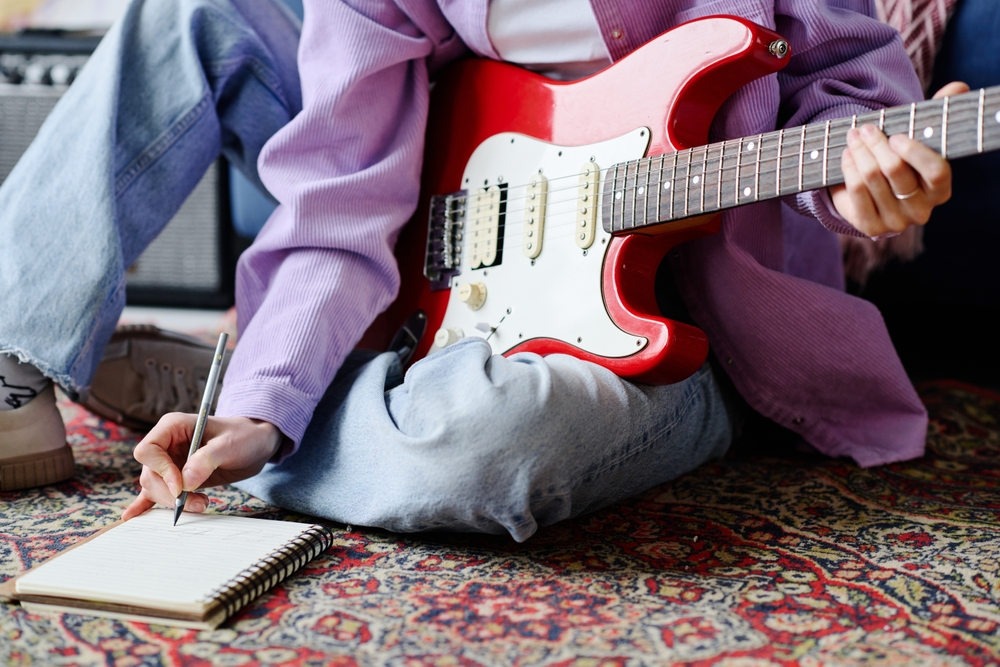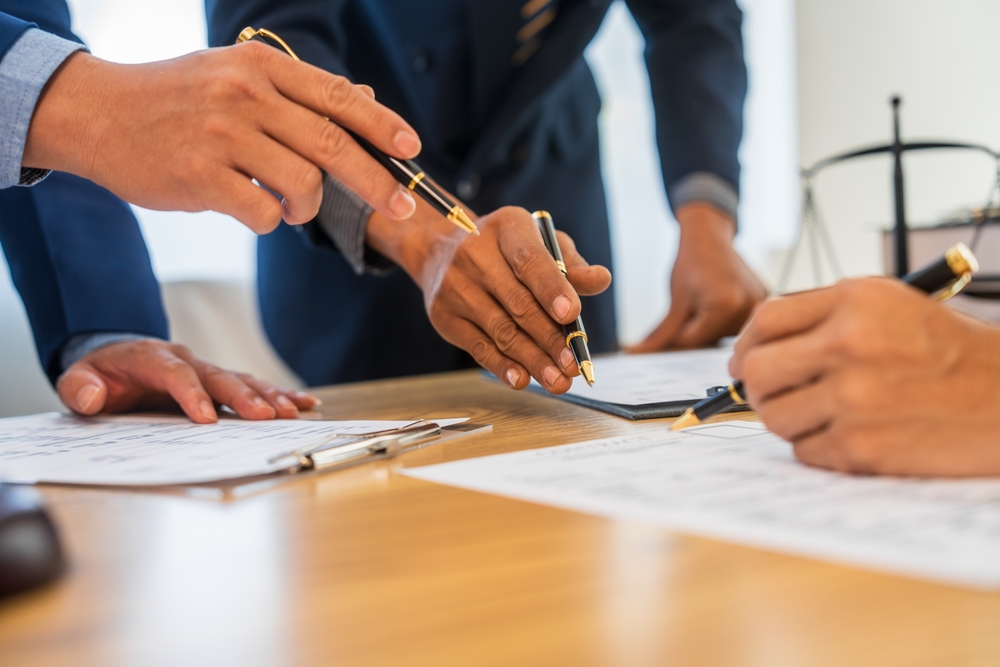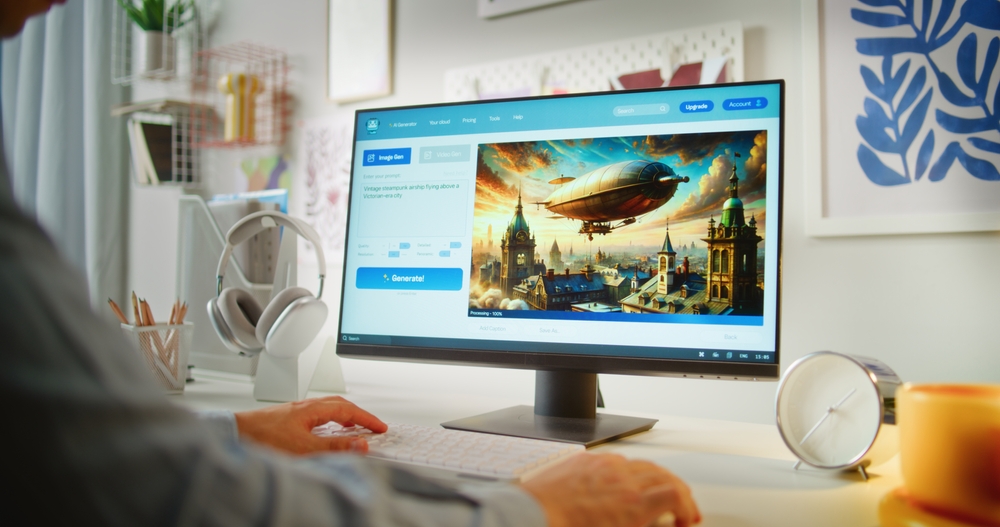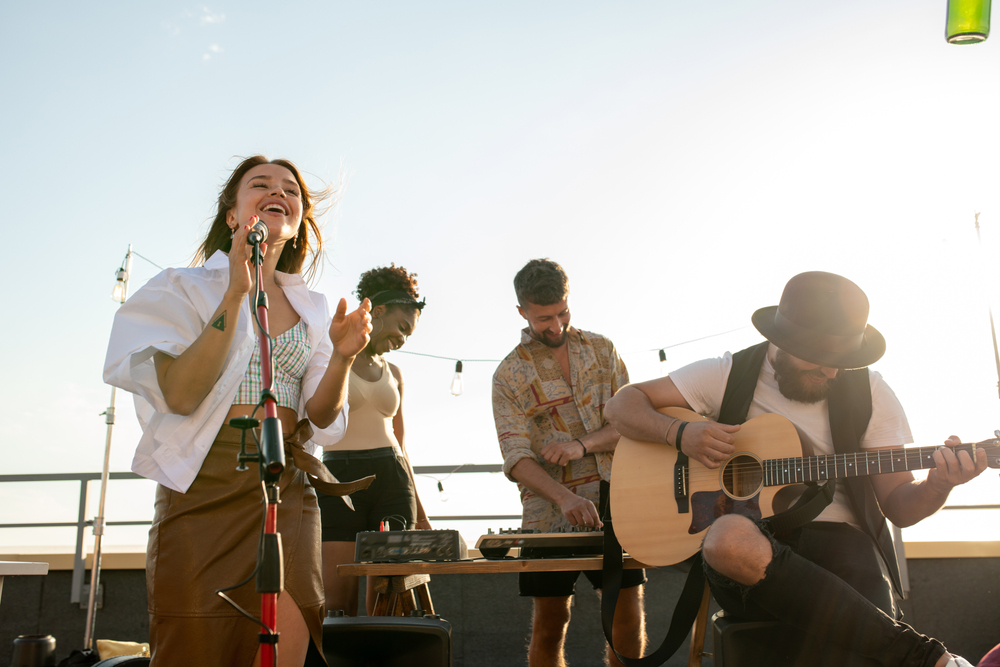World IP Day: Copyright’s Foundational Role in the Music Industry

To celebrate this year’s World IP Day theme, “IP and music – Feel the beat of IP”, experts across IPH’s international network of IP firms have provided insights on how the various practices of IP make an impact on the multi-billion dollar music industry. Copyright, patents, trade marks and designs all play a crucial role in how music operates.
In this article, they discuss the foundations of copyright protection and music, and the challenges artists face protecting their creative works in the digital age.
Protection at creation
“Copyright is foundational to the music industry because every song, whether it’s lyrics or the accompanying instrumental music, is protected by copyright. If it weren’t, then anyone can use that music without compensating the creator. This instantaneous copyright protection encourages people to create music that’s publicly desirable, and ensure they are rewarded for their efforts.
“In some respects, copyright is the easiest of all the types of intellectual property, because protection occurs automatically. The moment you create something original, and have it recorded in some sort of tangible form, the copyright exists on a global scale,” shares Smart & Biggar Principal Dan Anthony.
“Copyright gives you that right for a very long period of time – usually your entire life, plus an additional period of some 50 or 70 years. Sometimes the artist keeps it, sometimes it’s their producer or record label that will have the copyright. Then of course, they’re going to get royalties when the music’s played on streaming services, and are able to control how the music is used publicly,” he adds.
Identifying an infringement of copyright (simply put, a copy) enables an artist to then take legal action against an infringer.
“Copyright provides a legal protection against the unauthorised use of musical works, and enables artists credit and recognition for this work. This includes the right to take legal action against anyone who uses music without permission. Musicians and composers have the right to approve or reject the use of their music in commercials, movies, and other types of content. As such, they can maintain the integrity of their works and to a certain extent, they can protect their reputation,” adds ROBIC Principal, Caroline Jonnaert.
What? Where? Who?
“Copyright gives artists the exclusive right to control the use of their musical works, including the right to make money from it. If someone wants to use an artist’s work, they need to get permission (unless the use is allowed by applicable laws) and sometimes, they may have to pay the artist for that privilege. This financial protection allows musicians to generate income from their work, and help them build success,” Jonnaert continues.
Obtaining copyright is straightforward and enables artists global protection. However, things can get a little more complicated when working with collaborators and dealing with the broader music landscape. Ultimately, the adequately protecting copyright goes deeper than this automatic allowance.
“The real problems come in tracking copyright, and then sometimes in certain hurdles to enforcement. Taking bands as an example, in early stages often nobody writes a contract to determine who owns what. Is this band a partnership? A legal entity? Are they all co-authors? If there’s a dispute, can they weaponise copyright ownership? A common problem is that many people don’t have a great understanding of the copyright and therefore don’t have anything in writing confirming who owns the product (e.g. lyrics, recordings etc.).
“Though copyright is automatic, there are benefits to pursuing a registration. In some countries, by getting a prompt registration, you get much better enforcement opportunities. In the US, artists can’t bring a copyright infringement lawsuit forward unless they have a registration,” Anthony explains.
“Though copyright is automatic, there are benefits to pursuing a registration. In some countries, by getting a prompt registration, you get much better enforcement opportunities. In the US, artists can’t bring a copyright infringement lawsuit forward unless they have a registration.”
Dan Anthony | Principal, Smart & Biggar
Copyright in the digital world
Our digital world has heavily influenced the way audiences engage with music and has in turn impacted how copyright is monitored and regulated. Certain digital technologies can make it easier to track copyright.
“Artists can take several steps to protect their rights in the digital age, including obtaining registrations for copyrighted works with national authorities. They can also use digital rights management technologies that can control digital content access and usage. They can also monitor the use of their works and take prompt legal action where appropriate.
“The digital age has also made it easier for people to access music online. However, it has also made it easier for music to be copied without permission. This can lead to significant financial losses for artists,” says Jonnaert.
Music is accessed and even created online, complicating copyright entitlements with a multitude of creators – including the non-human. With the rise of AI assisted or generated music, how do copyright guidelines apply?
“In our digital age, some creators incorporate artificial intelligence or computers, which introduce new responsibilities. There may be risks that the artificial intelligence will produce a rhythm from a popular song. It’s important that when using AI you’re taking steps such as utilizing tailored prompts to ensure that the outputs are not replicating content that already exists. There are also tools that can analyse your creations and recognize if there are similar songs that already exist,” says Anthony.
Avoiding infringement
While copyright occurs automatically, creators must also be mindful to not infringe while they create. Dan Anthony outlines some surefire ways to do so.
“Even if something was similar to something that already exists, there is a defense of independent creation. For example, if I happen to write a poem that’s similar to some poem I never read, it’s not infringement because copyright prevents copying. The best way to avoid copyright infringement is to produce the work yourself.”
“Another possible defense is to use what you know to be public domain. It’s safe to use something that’s in the public domain, like the Happy Birthday song, or something with expired copyright, such as a rhythm that’s from ancient times. Even if it also happens to match up with a popular song, because that just means that the popular song has sampled the same public domain material.”







